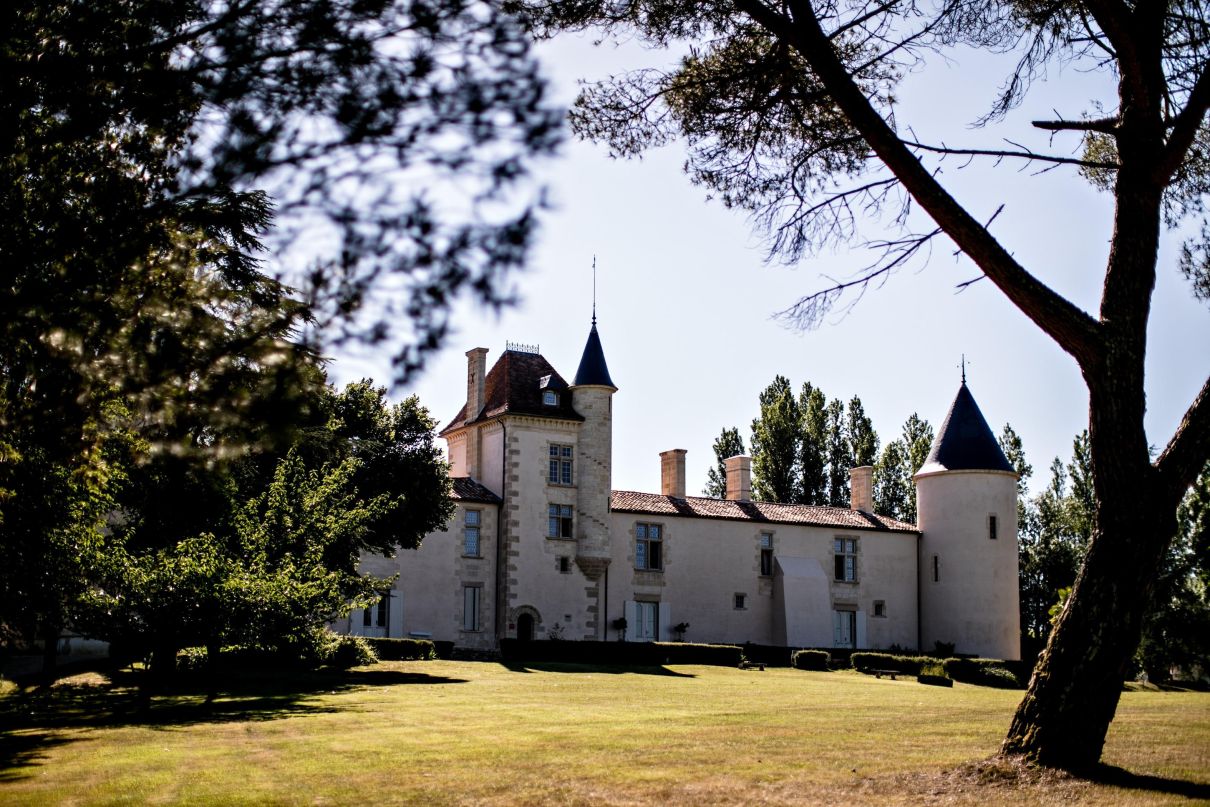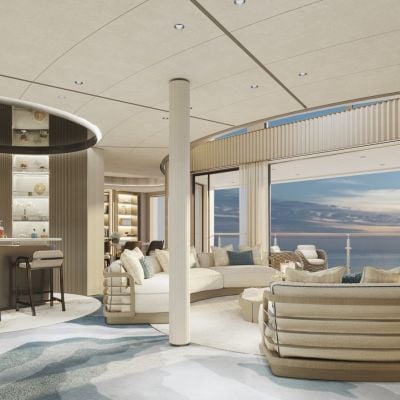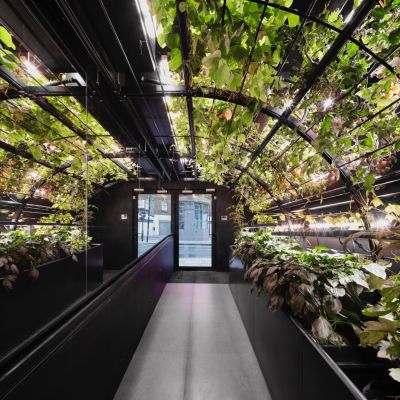Château Chic

Malromé, previously a crumbling 16th century Bordeaux château, has been brought back to life through a vigorous transformation.

It is rare to see a 16th century château come back to life in the Bordeaux region. Founded by the Rosteguy de Lancre family, Château Malromé had fallen into disarray. In 2013, it was bought by the Huynh family and turned into a gem of an estate. Kim Huynh, the patriarch, had long treasured a wish to own a château in the region and he also had it in mind to run it as a family project: his Franco-Chinese daughters — Amélie, who leads a creative agency; and Mélanie, a successful fashion stylist — oversaw the renovations. This process took the crumbling abode to another level, transforming it into a lifestyle destination complete with museum, a creative cuisine and a bold contemporary gallery.
Malromé changed owners in 1883 and became a private mansion of Countess Adèle de Toulouse-Lautrec, whose son, Henri, lived to become a famous Parisian painter, especially known for his famous hand-drawn theatrical posters. Henri spent his summers in Malromé and passed his final days there. While renovating his apartments, the Huynh sisters became passionate about his style and his humane vision of society. Achieving the highest standards of preservation, the domain recently joined the prestigious circle of the Maisons des Illustres: a French association of museums established in the former homes and studios of cultural and historical figures.
In the opposite aisle of the castle, in a white oblong space supported by centuries-old beams, is the gallery. This welcomed an opening exhibition featuring Japanese photographers Nobuyoshi Araki and Daido Moriyama. “It is part of Malromé’s purpose to bridge the gap between Asia and Europe, in the light of Toulouse-Lautrec’s legacy,” the Huynh sisters explain. “Henri de Toulouse-Lautrec had a real passion for Japanese print art. We want to look at such sources of inspiration to drive a dynamic, curatorial approach.”
Château Malromé is surrounded by 43 hectares of vineyards and producing unique wines is at the heart of the project. To do so, the Huynh family employed experienced cellar master M Charles Estager and oenologist Bruno Lacoste. “The Bordeaux Supérieur designation offers a large range of possibilities. Aware of Château Malromé’s historic heritage, we want to produce great wines with the same intensive care, the same technical choices as Bordeaux great wines,” the cellar master and oenologist explain.
Home to lime trees, horse chestnuts, cedars from Lebanon, pink and blue hydrangeas and even palm trees, the domain is also home to a honey-producing project. The eight-hectare forest and rolling slopes have 19 hives. Run by beekeeper Valérie Doussin, a member of Apiculteurs en Aquitaine, a group of beekeepers that advocates the values of expertise and territorial anchoring, honey and royal jelly will be produced exclusively at Malromé.
The wines and honeys will be available at the estate’s Café Adèle. It is there that Michelin-starred chef Hélène Darroze cooked a unique dinner in November for a Bordeaux festival of gastronomy. In the elegant limestone-lined room decorated by Isabelle Stanislas, young chef Manon Segretti blends fresh herbs and produce, Asian flavours and French techniques on a daily basis.
Could one ask for more in one location?
This article originally appeared in Billionaire's Ideas Issue, March 2018. To subscribe contact









